Inflation dips to 6-decade low of 0.3%
Raises questions over SBP's high rate policy before MPC meeting

Contrary to official and independent expectations for an uptick, Pakistan's annual inflation rate further slowed down to its lowest level in six decades, 0.3% in April, bringing the central bank into the spotlight ahead of a key monetary policy committee meeting.
The Pakistan Bureau of Statistics (PBS) reported on Friday that prices of the basket of essential goods and services increased at an average pace of a mere 0.3% last month. It was the lowest reading since 1965 when the country had the annual rate slowing to just 0.2%.
The inflation rate was far lower than the official and independent expectations of 2%, surprising many. This constant decline in the rate of inflation requires a review of the inflation methodology.
The Governor of the State Bank of Pakistan, Jameel Ahmad, had told a parliamentary committee a couple of months back that the inflation rate would start increasing in March and would peak in September. Because of this expectation, the central bank did not cut interest rates in the last meeting. The central bank has kept the interest rate at 12%, inviting criticism from across the board.
The SBP is going to hold a Monetary Policy Committee meeting on Monday to set interest rates for the next one and a half months. The high interest rates are not justified any more. Inflation is at its lowest level in six decades, the external account is in surplus, the rupee is stable and the economy is not growing at a higher pace.
With the fresh inflation rate, the gap between headline inflation and the key policy rate of the SBP has widened to 11.7%. It is only the banking sector that is benefiting from the higher interest rates at the expense of the rest of the country.
The International Monetary Fund's forecast that the reduction in the inflation rate was a temporary phenomenon has also not proven correct so far. Last month, the IMF cut Pakistan's inflation forecast to 5.1%, while noting that the rate in the next fiscal year will remain around 7%.
Even compared with next year's inflation expectation, there is significant room to cut the interest rate on Monday, which will also reduce the budgetary allocations for interest payments for fiscal year 2025-26.
Average inflation during the first 10 months (July-April) of the current fiscal year slowed to 4.7%, which is also far lower than the annual target of 12% for this fiscal.
Core inflation, calculated after excluding energy and food items, has also eased both in cities and towns. The rate slowed down to 7.4% in cities and 9% in rural areas, said the PBS.
Average core inflation is almost 4% lower than the policy rate, providing room for the central bank to cut rates further. As per IMF policy, the government changed the benchmark from core inflation to headline inflation for setting borrowing costs about four years ago.
Urban inflation slowed to 0.5% due to a slower pace of increase in both energy and food prices. In rural areas, prices actually decreased compared to last year's level. The impact was pronounced in towns and villages due to declining food inflation.
The PBS reports inflation data from 35 cities and covers 356 consumer items. In rural areas, it covers 27 centres and 244 consumer items.
The PBS data showed deflation in food prices, which contracted 1.9% in cities and 4.6% in rural areas. Prices of perishable food items slumped about 27% on an annual basis. This benefited urban consumers at the expense of rural producers.
Onions prices were lower by three-fourths last month compared to a year ago, followed by a 58% reduction in prices of tomatoes, wheat 36%, wheat flour 35%, tea 17% and wheat products about 15%. Chicken prices are also shown 10% lower than a year ago.
The inflation rate of non-perishable food items increased by less than 1% last month. The major reason for this was a 27% reduction in electricity charges due to a temporary cut in rates. Petrol prices were also lower by 11%, despite the government imposing Rs18 per litre additional tax by withholding the due reduction.
Meanwhile, the Sensitive Price Index (SPI) for the week ending April 30, 2025, recorded a slight increase of 0.15%. This rise was mainly driven by higher prices of several essential commodities, including eggs (5.55%), chicken (1.84%), LPG (1.03%), gur (0.59%), bread (0.55%), bananas (0.54%), pulse moong (0.52%), sugar (0.26%), rice basmati broken (0.18%), and long cloth (0.04%).
Conversely, a notable decrease was observed in the prices of onions (5.59%), tomatoes (4.56%), garlic (1.78%), pulse mash (1.57%), wheat flour (1.43%), mustard oil (0.77%), rice IRRI-6/9 (0.59%), and vegetable ghee 1kg (0.31%).
On a year-on-year basis, the SPI showed a decline of 2.41%.



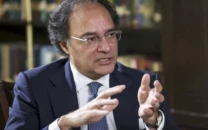


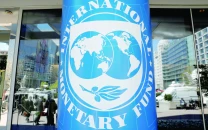
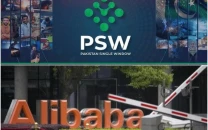
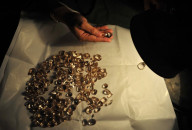

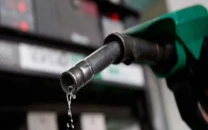
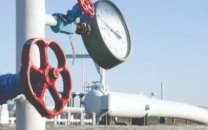
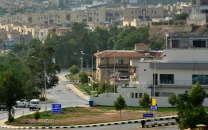



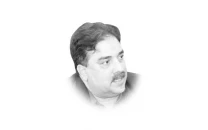




COMMENTS (3)
Comments are moderated and generally will be posted if they are on-topic and not abusive.
For more information, please see our Comments FAQ